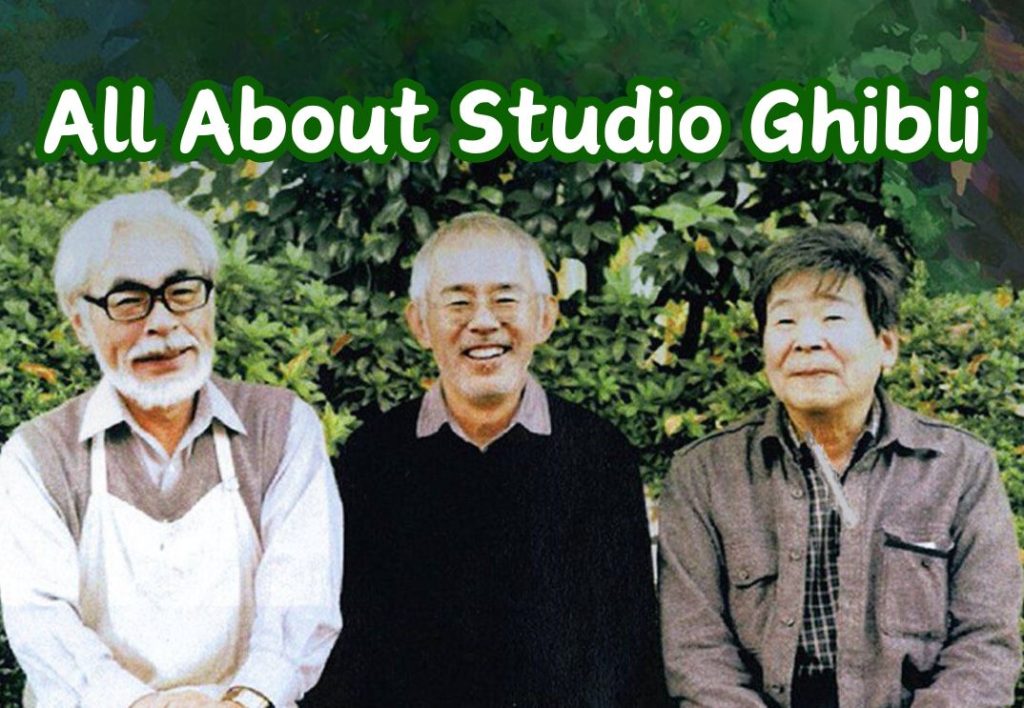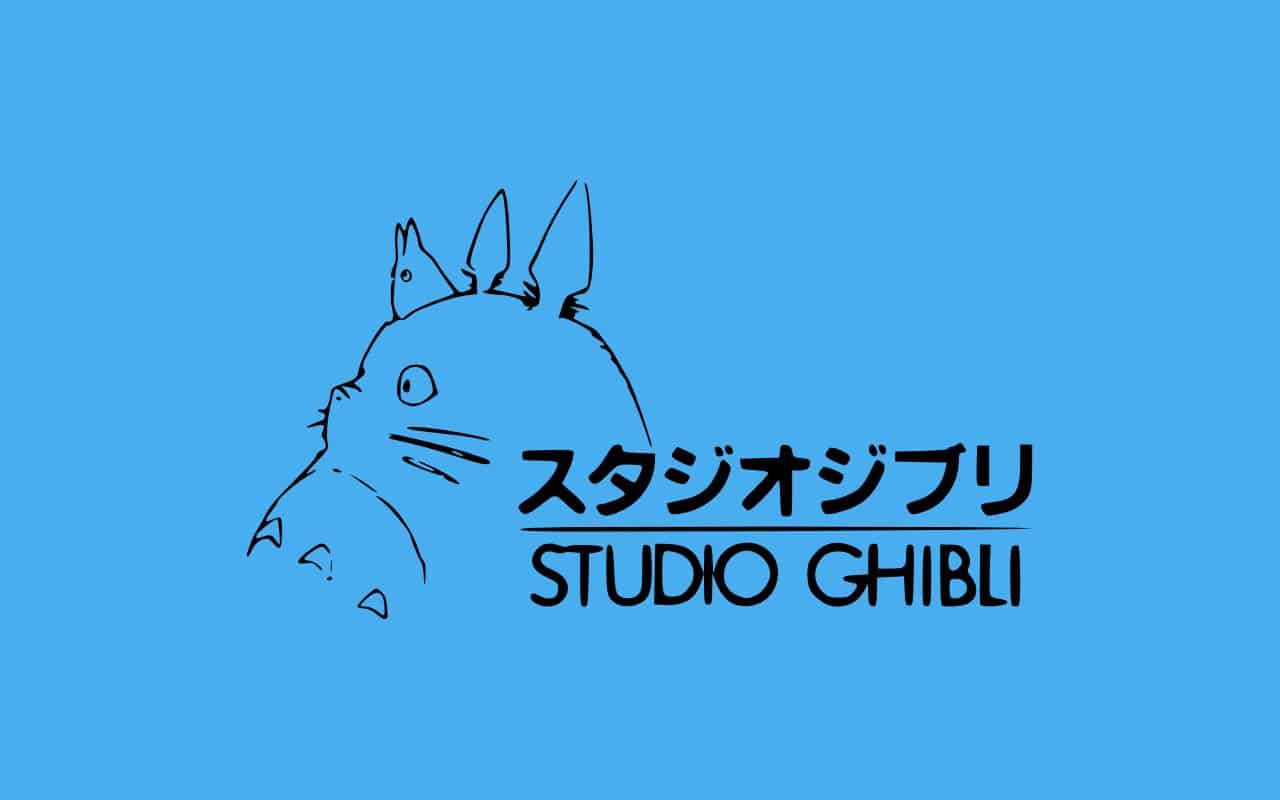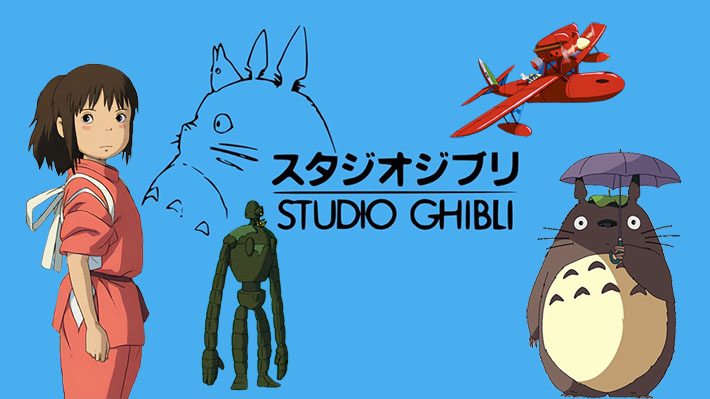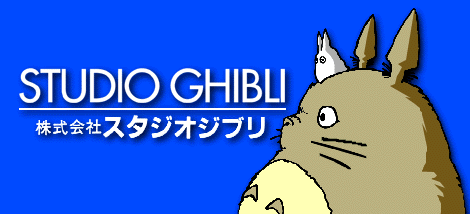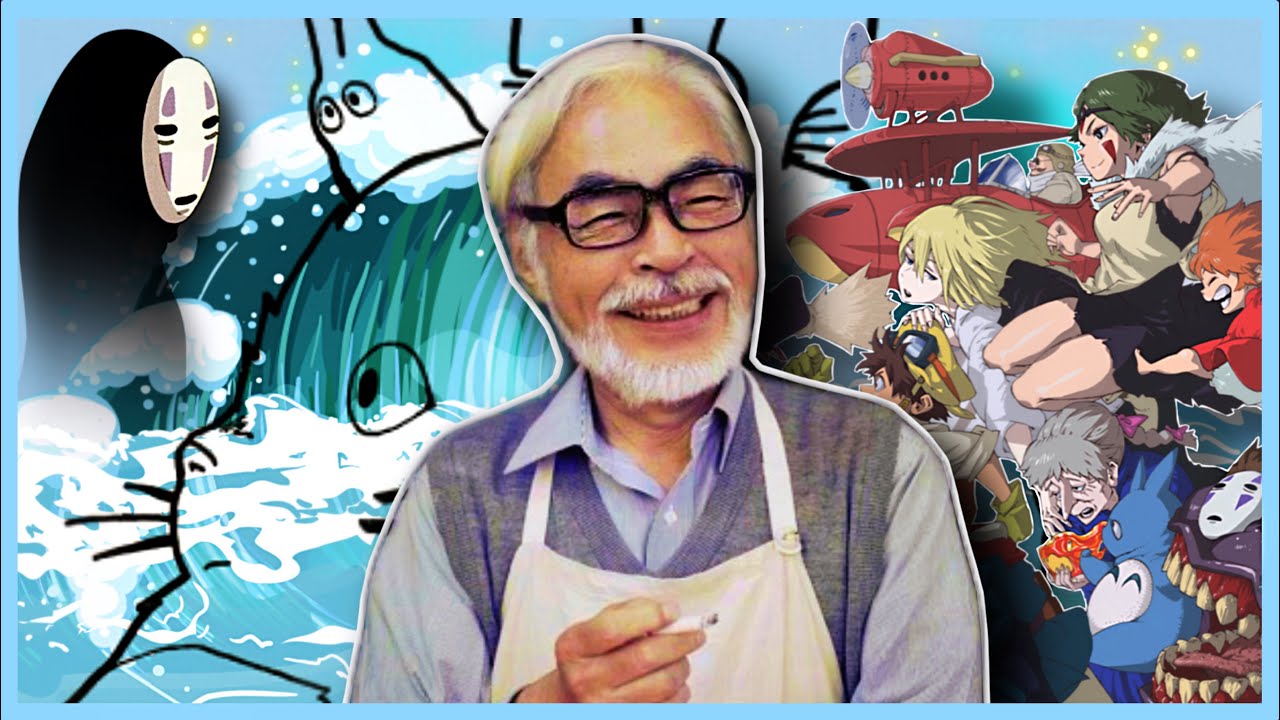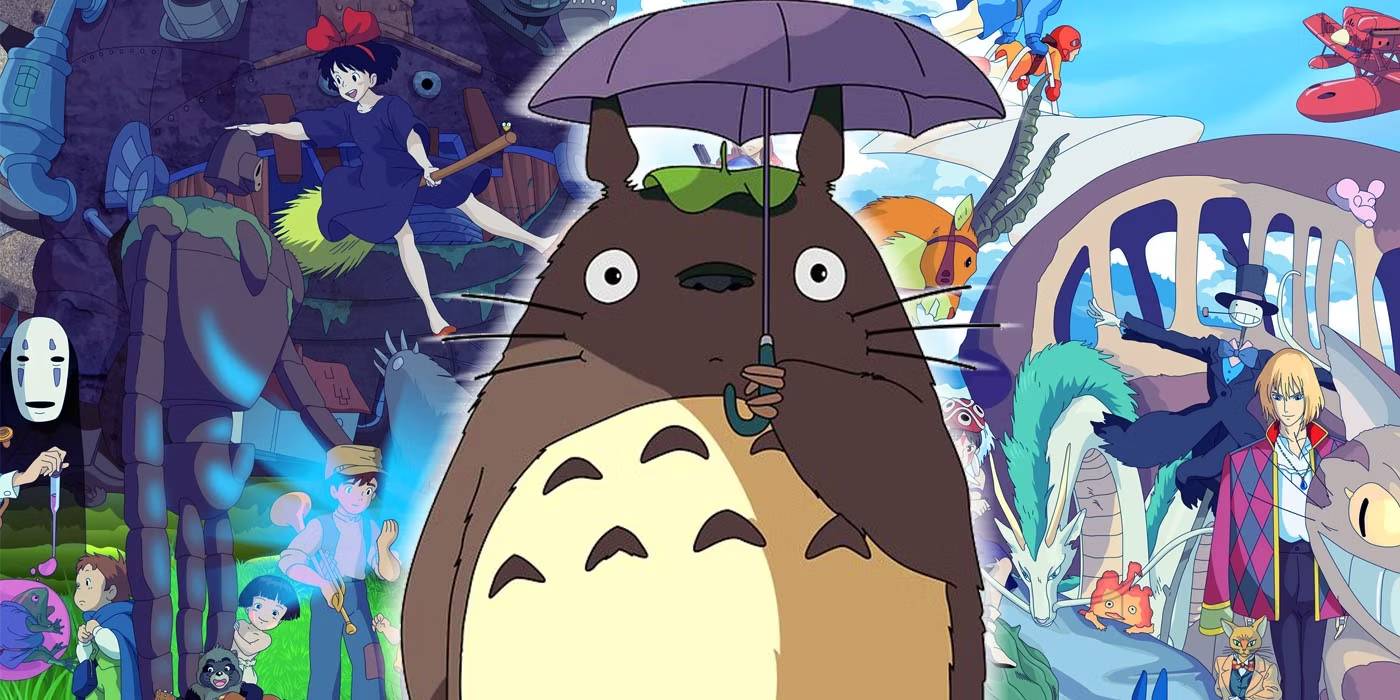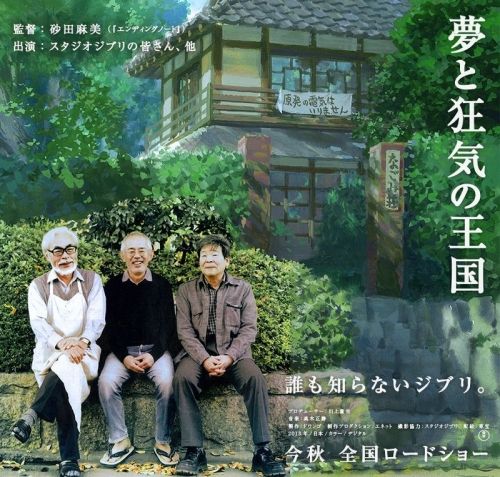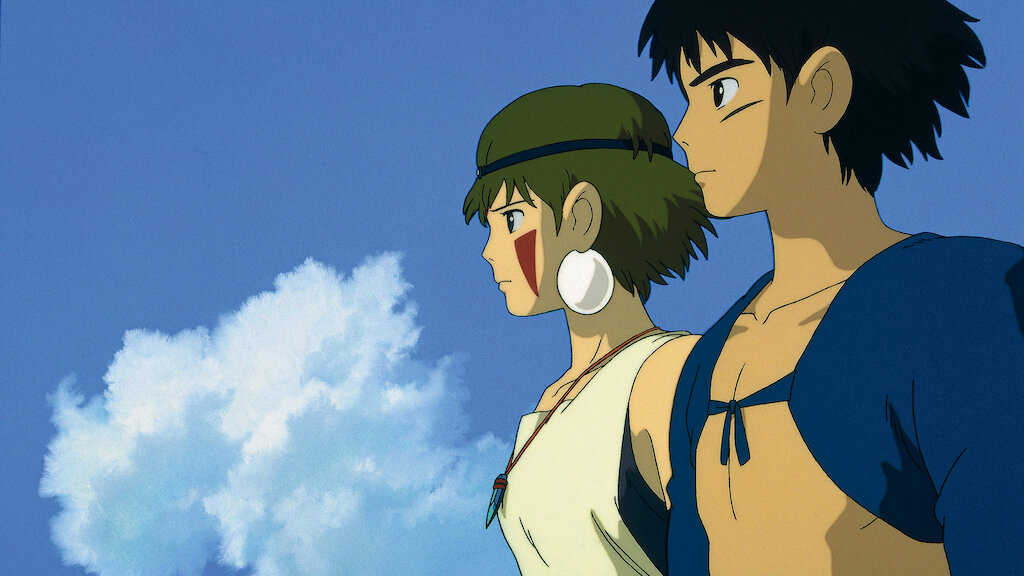Blog
All About Studio Ghibli
Amidst the vast landscape of animation, one name stands out as a beacon of creativity, imagination, and sheer brilliance – Studio Ghibli. With its enchanting tales, breathtaking visuals, and profound storytelling, Studio Ghibli has captured the hearts and minds of audiences worldwide. Join us on a journey as we delve into the captivating world of Studio Ghibli, exploring its iconic films, visionary creators, and enduring legacy. Whether you’re a longtime fan or a newcomer eager to discover the magic, there’s something for everyone in the enchanting realm of Studio Ghibli.
The Beginnings
Isao Takahata and Hayao Miyazaki crossed paths in the 1960s while working at the Japanese animation studio Tôei Dôga. Collaborating for over a decade, notably on the beloved animation “Heidi,” it wasn’t until the early 1980s, amidst the rise of television animation, that they decided to unite their talents to create quality animated feature films. Their inaugural collaboration came to fruition in 1985 with “Nausicaä of the Valley of the Wind,” adapted from Miyazaki’s manga in Animage magazine. Encouraged by its success and their shared vision for quality animation, they established Studio Ghibli in the suburbs of Tokyo in 1986, with support from Tokuma Shoten publishing company. The release of “Castle in the Sky” marked the studio’s official debut, paving the way for over 40 film and video game productions under its banner.
The Name
The inception of the Studio Ghibli name originated from Hayao Miyazaki’s creative vision. An avid aviation enthusiast, Miyazaki drew inspiration from the Caproni Ca.309 Ghibli, an Italian surveillance aircraft from World War II. Additionally, “Ghibli” also alludes to the hot desert wind of the Sahara, symbolizing a revitalizing breeze blowing into the realm of Japanese animation. This amalgamation of influences reflects Miyazaki’s penchant for marrying his passions with symbolic meaning, resulting in the birth of Studio Ghibli and its legacy of innovative storytelling and captivating animation.
Logo
Becoming the beloved mascot of Studio Ghibli, the iconic figure of Totoro played a pivotal role in securing the studio’s first financial success. Although the film “My Neighbor Totoro” (released in 1988) didn’t initially match the success of Miyazaki and Takahata’s previous works, it was the sales from associated products, particularly the endearing Totoro soft toys, that proved to be a lifeline for the studio. These merchandise sales not only kept Studio Ghibli afloat but also alleviated their financial concerns, providing them with the stability needed to continue creating their unique and captivating animated films.
Philosophy
Unlike traditional animation studios, Studio Ghibli emerged with a distinct purpose: to delve into the intricacies of the human spirit and present audiences, both Japanese and international, with poignant tales that capture life’s complexities. Eschewing international commercial strategies, the studio prioritized integrity and unparalleled quality in their productions. This unwavering commitment to excellence has become synonymous with Studio Ghibli, earning them global acclaim for their authentic storytelling and artistic integrity. With each film, they continue to transcend cultural boundaries, touching the hearts and minds of viewers worldwide with their timeless narratives and profound insights into the human experience.
The Biggest Achievement
In 1989, “Kiki’s Delivery Service” marked Studio Ghibli’s inaugural major Japanese success, claiming the number one spot in theaters for the year. Three years later, “Porco Rosso,” predominantly crafted and directed by Hayao Miyazaki, surpassed blockbusters like “Hook” and “Beauty and the Beast” at the Japanese box office. However, it was “Spirited Away,” the groundbreaking masterpiece, that catapulted Studio Ghibli into the realm of international acclaim. Winning the Oscar for Best Animated Film in 2003, it became the first non-English-language film to achieve such recognition, solidifying the studio’s commitment to global audiences. “Spirited Away” followed Miyazaki’s acclaimed work “Princess Mononoke,” initially intended as his swan song before retirement. These milestones not only underscored Studio Ghibli’s unparalleled storytelling prowess but also heralded a new era of international prominence for the studio.
Bankruptcy Was Narrowly Averted.
In 1988, a mere two years after its establishment, Studio Ghibli faced the brink of closure. The release of “Grave of the Fireflies,” an adaptation of Akiyuki Nosaka’s semi-autobiographical short story depicting the struggles of two children in wartime Japan, was met with concerns about its suitability for young audiences. However, the simultaneous release of “My Neighbor Totoro,” featuring the beloved character and its accompanying merchandise, proved to be a saving grace for the studio, narrowly averting bankruptcy.
A New Film In The Works
“The Boy and the Heron” (Japanese: 君たちはどう生きるか,Hepburn: Kimitachi wa Dō Ikiru ka,lit. ‘How Do You Live?’) is a 2023 Japanese animated fantasy film directed by Hayao Miyazaki. It tells the story of Mahito Maki, a boy who moves to the countryside after his mother’s death. Discovering an abandoned tower nearby, Mahito embarks on a fantastical adventure with a talking grey heron. The film received critical acclaim upon its release in Japan on July 14, 2023, grossing US$173.1 million worldwide. It won several prestigious awards including the BAFTA Award for Best Animated Film, the Golden Globe Award for Best Animated Feature Film, and the Academy Award for Best Animated Feature.
In conclusion, delving into the enchanting world of Studio Ghibli unveils a rich tapestry of captivating storytelling and timeless animation. For those eager to immerse themselves further, a myriad of merchandise inspired by these beloved films awaits here studioghiblimerchandise.com . To discover more about Studio Ghibli’s latest projects and updates, visit their official website here ghibli.jp

